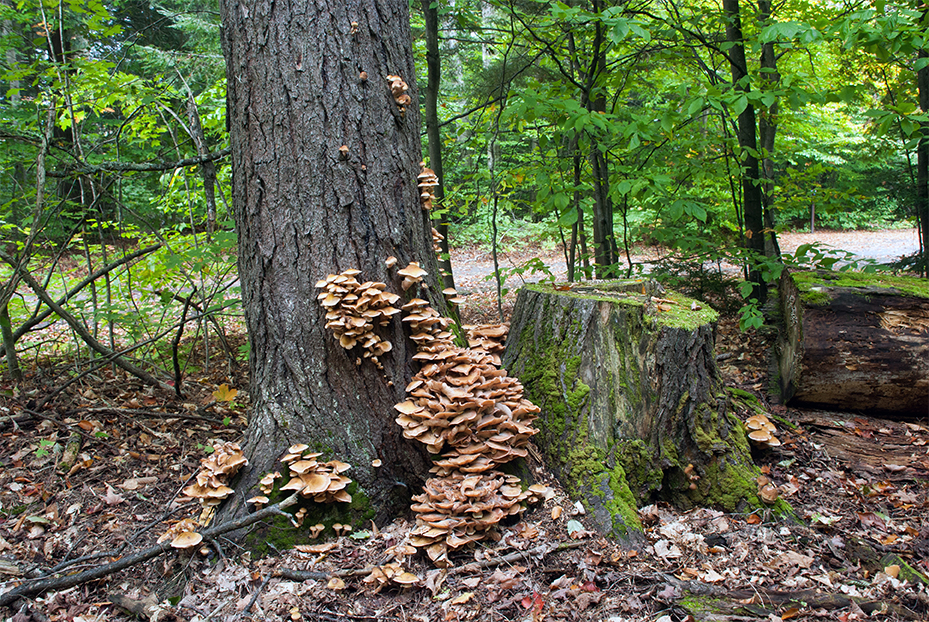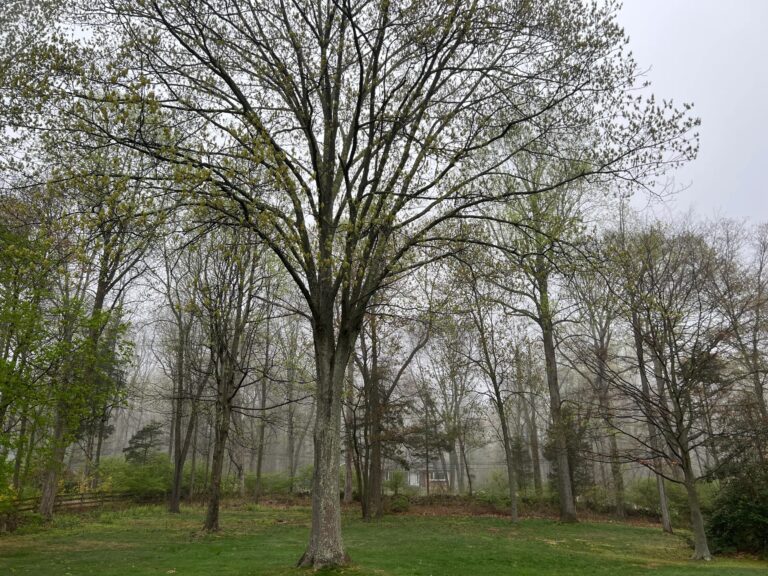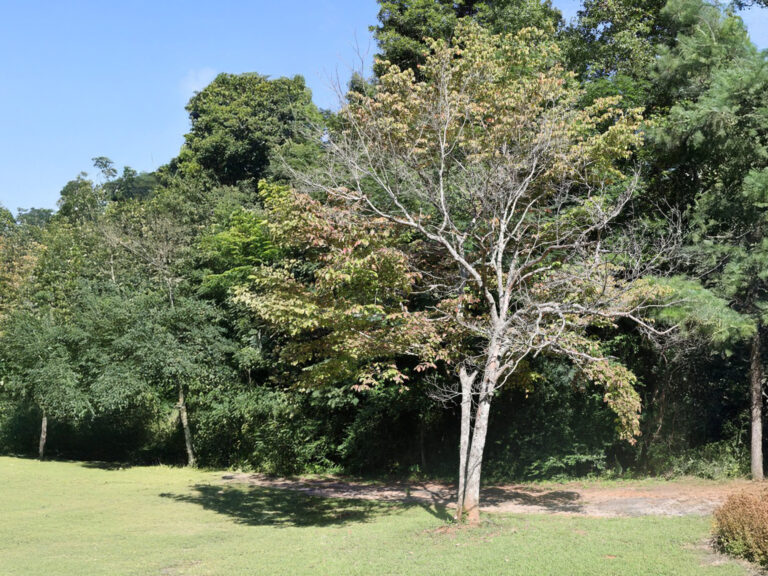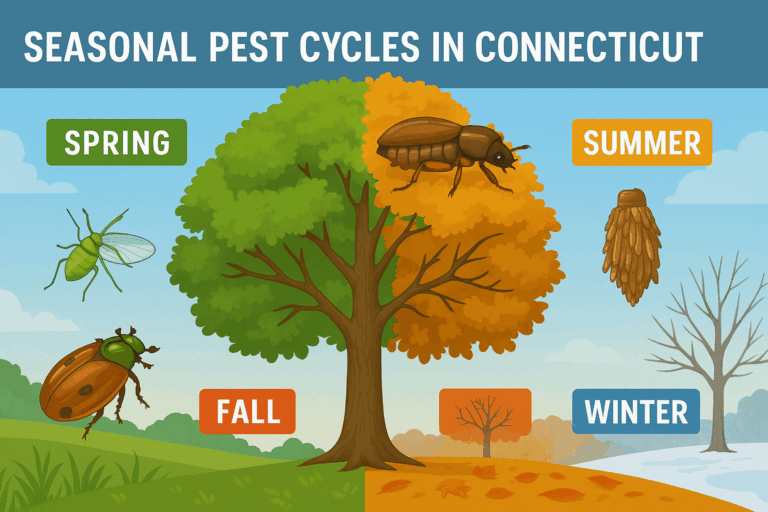Signs Your Tree Might Be Suffering from Root Rot
In the dense woodlands and landscaped neighborhoods of Fairfield County, trees provide more than just shade—they offer structure, identity, and long-term value to our properties. At Superior Arbor Care, we believe that a healthy tree starts below the surface. One of the most common yet overlooked threats we encounter is root rot—a silent but serious disease that can weaken and eventually kill even the most majestic trees.
What is Root Rot?
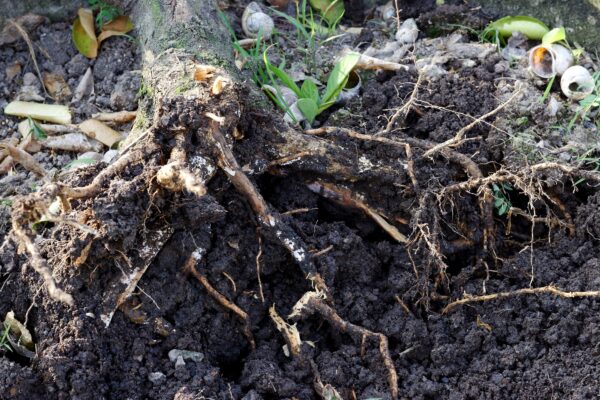
Root rot is a fungal or bacterial infection that attacks a tree’s root system. It thrives in overly moist, poorly drained soils and often goes unnoticed until significant damage has been done. Because roots are out of sight, the symptoms can be hard to detect until the tree begins showing signs of distress above ground.
Warning Signs to Watch For
If your tree is showing any of the following symptoms, it may be suffering from root rot:
- Yellowing or wilting leaves during the growing season, especially if paired with leaf drop.
- Sparse or stunted growth, where the tree seems to be struggling even under normal conditions.
- Mushrooms or fungal growth near the base or root flare of the tree, a telltale sign of decay below.
- Dark, mushy, or brittle roots if visible or exposed due to erosion or excavation.
- Sudden canopy dieback, where portions of the tree abruptly lose vitality.
- Leaning or instability, which may indicate structural root failure.
What Causes Root Rot?
In Connecticut, frequent rainfall and heavy, clay-based soils in certain areas can lead to excessive moisture retention. When water sits around a tree’s root zone, it creates a low-oxygen environment where anaerobic fungi like Phytophthora or Armillaria flourish. Over time, these pathogens eat away at the root tissue, impairing the tree’s ability to absorb water and nutrients.
Diagnosis and Treatment
If you suspect root rot, it’s important to act quickly. Our team at Superior Arbor Care performs thorough root zone evaluations, soil drainage assessments, and—if needed—lab analysis of fungal samples. In early stages, treatment may include improving soil drainage, applying fungicides, or removing infected roots.
Unfortunately, in advanced cases where structural stability is compromised, tree removal may be necessary to prevent property damage or injury.
Prevention is Key
Root rot is preventable. Proper site selection, strategic planting depth, and thoughtful watering practices go a long way in maintaining healthy roots. If you’re installing new trees or managing a mature landscape, we recommend regular inspections and proactive soil conditioning to reduce the risk.
We’re Here to Help
Whether you’re dealing with a declining specimen or want to safeguard your property’s trees for future generations, Superior Arbor Care is ready to assist. Serving homeowners and municipalities across Fairfield County, our licensed arborists are committed to preserving tree health with precision and integrity.
Concerned about root rot? Contact us today to schedule a no-obligation consultation. Together, we can help your trees thrive from the roots up.
